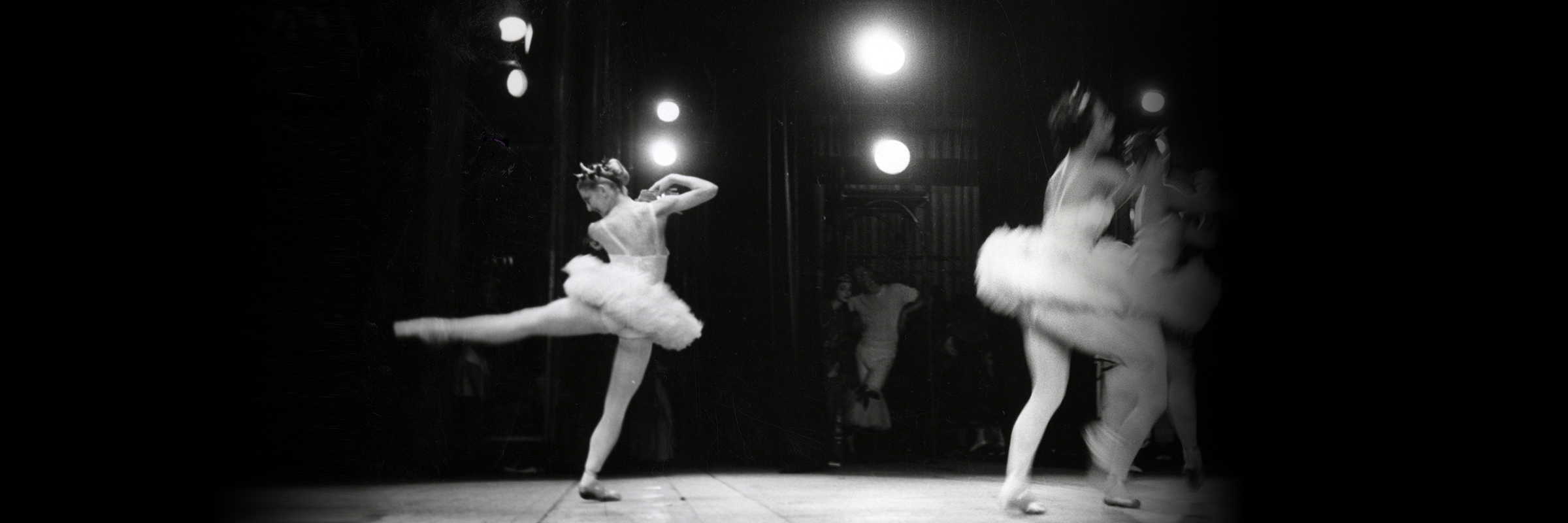A Wartime Nutcracker
Lew, Lincoln, Vaudeville, and What It Took to Get Nutcracker Onstage in 1944
Willam Christensen couldn’t find enough male dancers for America’s first Nutcracker when he created it in 1944. World War II was raging and many of San Francisco Ballet’s dancers were overseas fighting. Joan Vickers, who danced the role of a snowflake in the 1944 production, explained at a 2019 “Explore Nutcracker” event how Christensen secured more performers. “He went around to football teams in high schools and conscripted anybody that liked to be with girls,” she said. “Beside that, he put on his own ballet slippers and danced.”
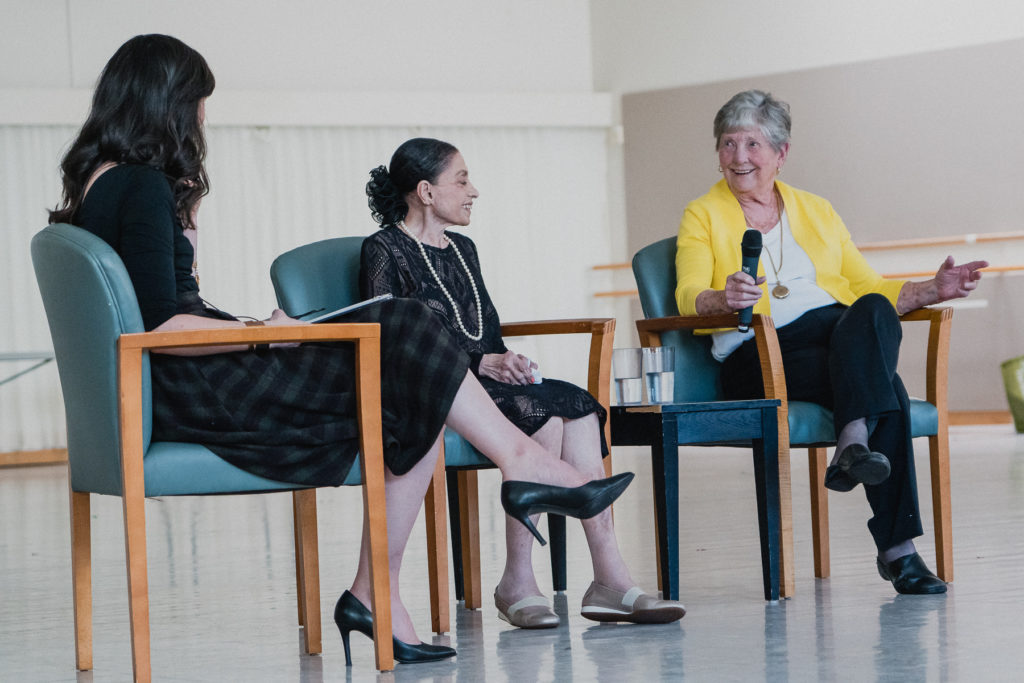
Sourcing slippers required a similar ingenuity: Vickers explained that dancers would ask retirees for their extra “shoe stamps” to use to purchase pointe shoes. Material for costumes was equally scarce. Dancers stood in long lines to purchase the 10 yards each allowed by rationing—and then sewed them themselves.
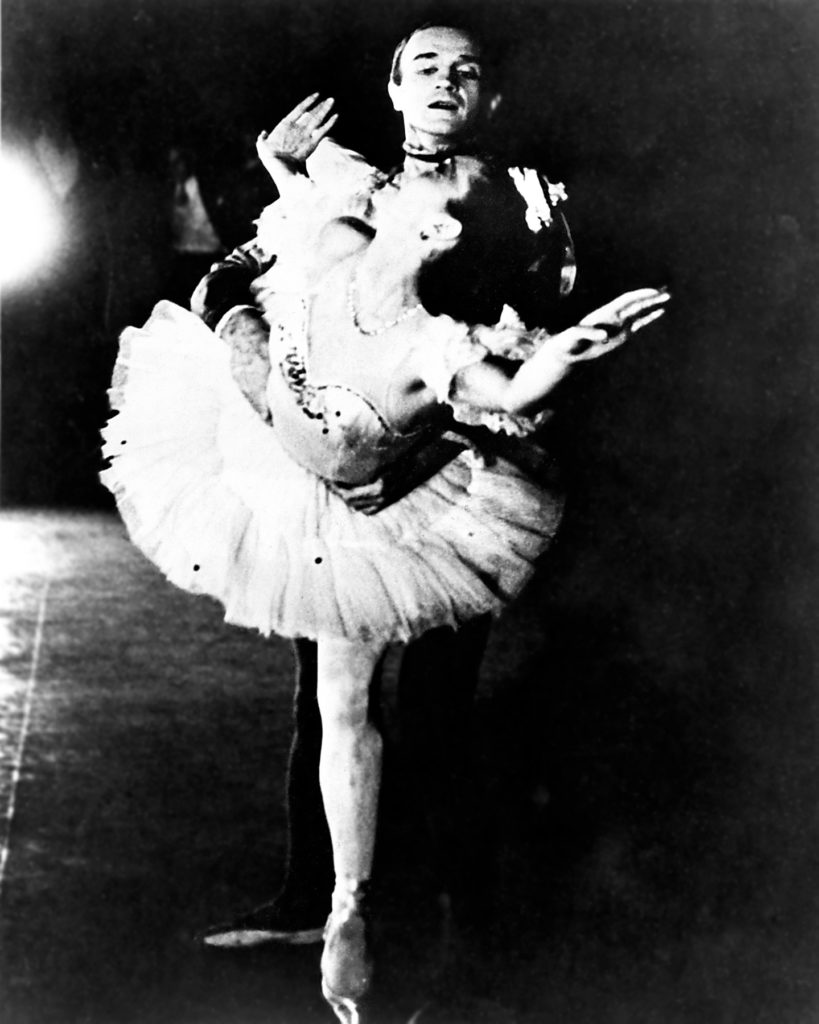
Gisella Caccialanza Christensen danced as the Sugar Plum Fairy with brother-in-law Willam while her husband, Lew Christensen, served in the army. Before her death in 1998, she recalled the behind-the-scenes preparations. “We made our own tights then too,” she said. “We had to sew our stockings onto little pants to make tights and, like old-style tights, they’d bag out and wouldn’t bounce back and cling to your legs. We sewed pennies or nickels to the waistbands so we’d have something to grab onto to yank up the tights. You couldn’t practice pliés or anything before a performance, or else you’d be standing there with baggy knees when the curtain came up. The zipper on my costume split while I was dancing in the dress rehearsal of Nutcracker. I remember Willam saying to me, ‘Good luck, sis, and don’t breathe!’”
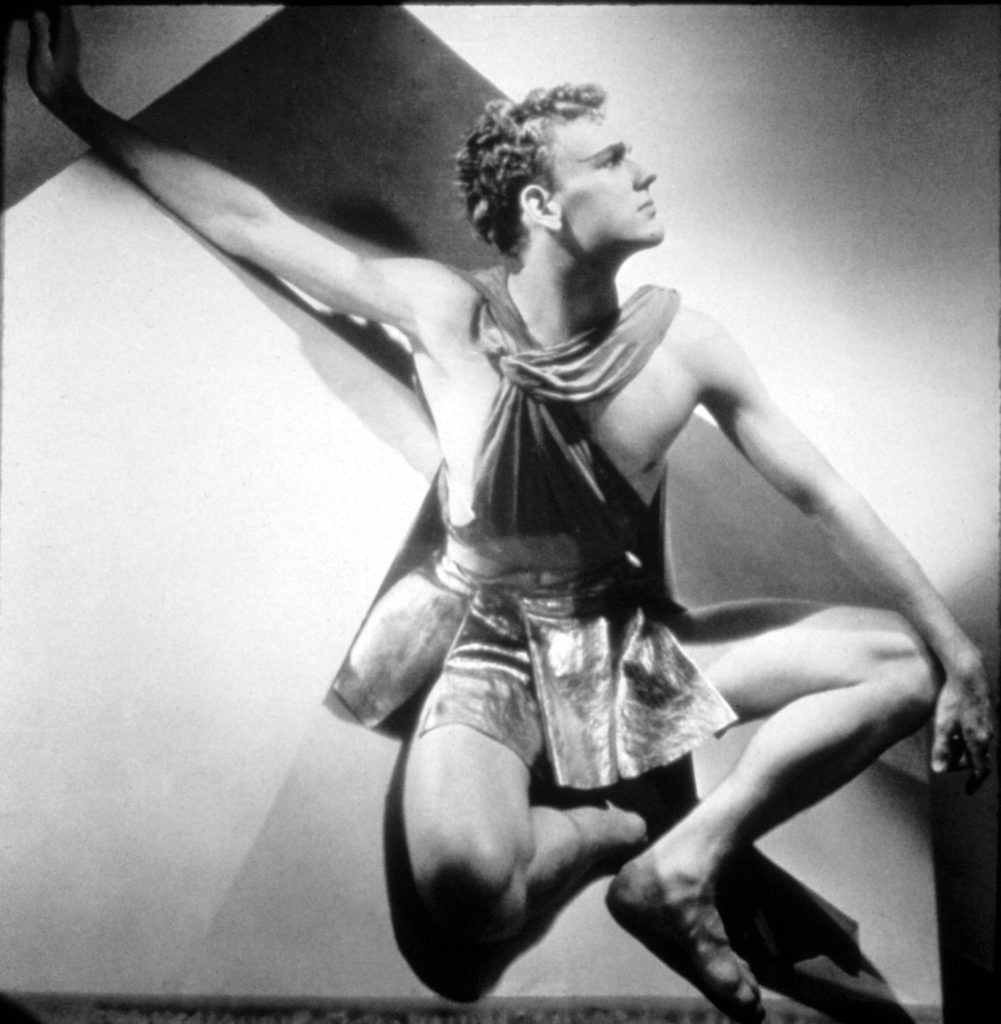
As his family was preparing Nutcracker in San Francisco in December of 1944, Lew Christensen, (who would become SF Ballet’s artistic director in 1951) was in Europe with the army. Like Willam, Lew had started out on the vaudeville circuit, then he had danced in several of New York’s then-fledgling ballet companies. Lew had become known for his brilliant portrayal of the Greek god in George Balanchine’s Apollo, as well as for his choreography for Lincoln Kirstein’s Ballet Caravan. Overseas, however, his battlefield assignment was to collect the bodies of fallen soldiers for burial.
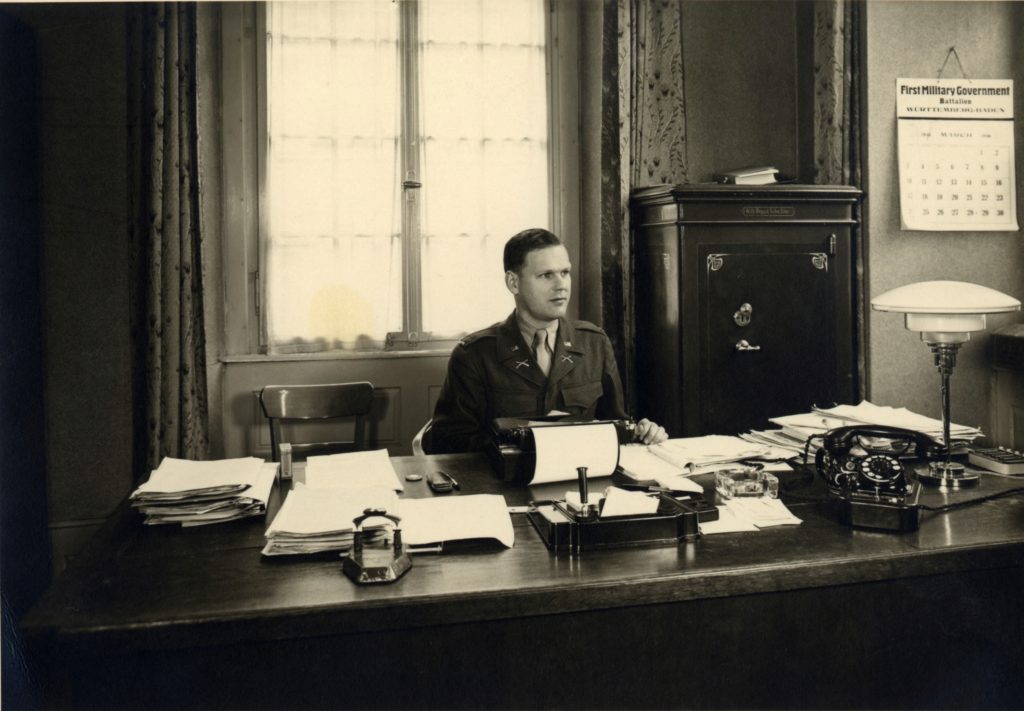
In December 1944, the Battle of the Bulge, the final German offensive on the Western front, began. Lincoln Kirstein was also in Europe, then serving as one of the “Monuments Men”—later immortalized in a feature film—charged with finding and recovering artwork plundered by Hitler. The two men crossed paths unexpectedly, and Kirstein was so impacted by his encounter with Lew on the battlefield that he wrote the haunting poem Vaudeville.
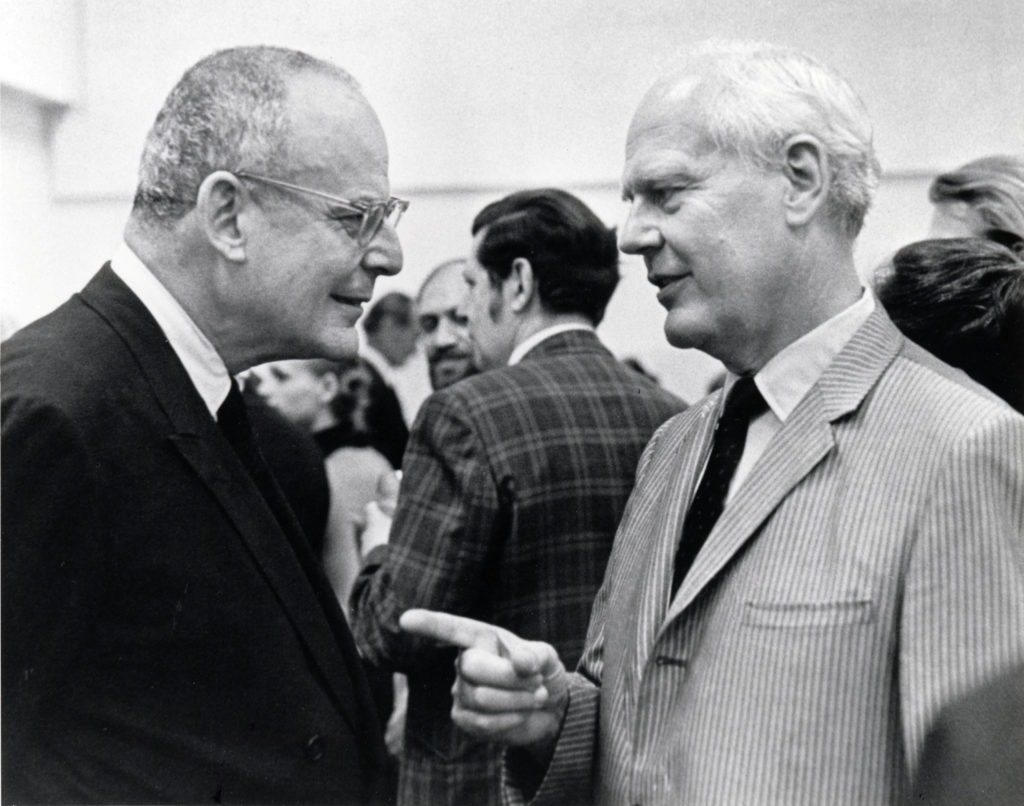
On December 24, 1944, San Francisco Ballet premiered Nutcracker just as a shift in weather on the Western front permitted the air attacks that stalled the German offensive, eventually leading to its failure. Both Lew Christensen and Lincoln Kirstein returned to the U.S. after the war and both played significant roles in the development of ballet in America.
On Veteran’s Day—and every day—San Francisco Ballet recognizes and thanks all who have served our country.
Header image: Joan Vickers in Willam Christensen’s Nutcracker, 1944. (© San Francisco Ballet. Photo courtesy SFMPD.)



